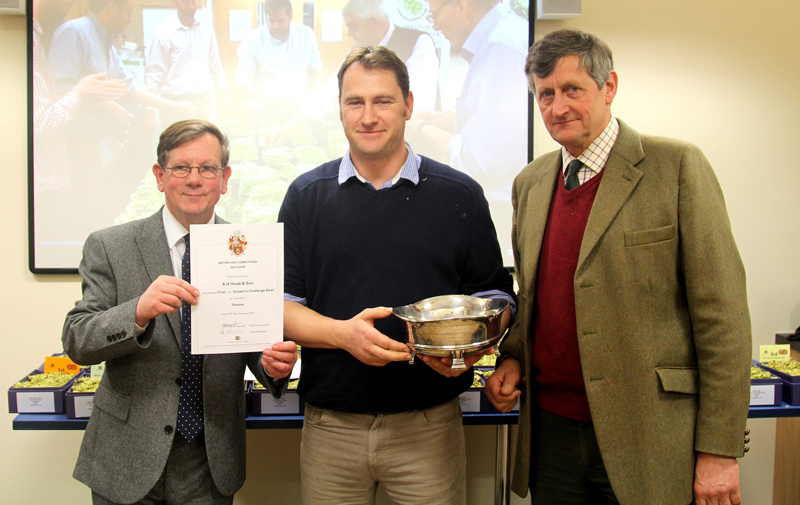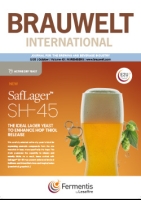Although the era of mechanized hop harvesting began 60 years ago in Germany, the history of the “Iron Hop Picker” is much older. Historic hop harvesting technology is experiencing an unexpected renaissance, fueled by the new enthusiasm surrounding hops brought about by the craft beer boom in the USA.
Use of aroma hops is indispensable for brewing beer infused with a noble hop flavour. Addition of aroma hops to wort in the hot section is the classical method. The continuing trend towards cold hopping should also be taken into account. This contribution describes a new method for transferring hop aroma substances into beer in the cold section, without direct hop addition. It is supposed to lead to major savings of aroma and also bitter hops and make flexible dry hopping of beer possible, without undesirable carry-over of particles.
This is the name of an exhibition at the Münchner Stadtmuseum (Munich City Museum) at St. Jakobs-Platz running from April 7th 2016 to January 8th 2017 about the city’s beer and its breweries. The name is a play on words in German, since it can mean both, “Beer makes Munich”, and “beer-power Munich”. Because it is the anniversary of the Reinheitsgebot, the German purity law governing beer, this is not unusual. Nevertheless, with the exhibition focusing exclusively on beer, it fits perfectly into the ranks of the many other exhibitions and festivities surrounding the big anniversary. BRAUWELT International met with the curator, Ursula Eymold, in Munich to gain a first impression of the exhibition.
Hopsteiner has released an exciting new hop variety bred and trialed in the Yakima Valley of Washington state/U.S.A. Denali has been planted to commercial production for the 2016 growing season, and contracts can now be made for the 2017 crop year and forward.
Anglia Maltings (Holdings) Limited (AMH), on 17 February announced the acquisition of Tivoli Malz GmbH (Tivoli) and its subsidiaries GlobalMalt Group, based in Hamburg, Germany and GlobalMalt Polska based in Bydgoszcz, Poland.
One of the possibilities to assess the freshness of hops and hop pellets is the Hop Storage Index (HSI), which
On Dec. 17th, 2015, the US Department of Agriculture reported hop production for 2015 increased 11% from 2014, yielding nearly 35,800 tons.
A wild hop variety discovered a decade ago in a Sussex hedgerow has been named overall winner of the British Hop Awards 2015, announced by the Institute of Brewing & Distilling (IBD).
Hopsteiner is pleased to announce the addition of a new hop farm, River Ranch. The new farm is located near our Mabton, Washington hop farm located in the Yakima Valley. The additional acreage will be used to expand our proprietary hop varieties such as Eureka!, Lemondrop and Calypso. In addition, the extra acreage will allow us to grow some of our new experimental hop varieties as well as traditional hop varieties. River Ranch will have a new hop kiln, baler, warehouse and a new hop combine to aid in the harvesting.
Despite a smaller acreage of spring malting barley in Europe and the drought in early summer the supply of malting barley remained good in 2015. Apart from regional low protein values, the qualities were satisfying in most cases.



